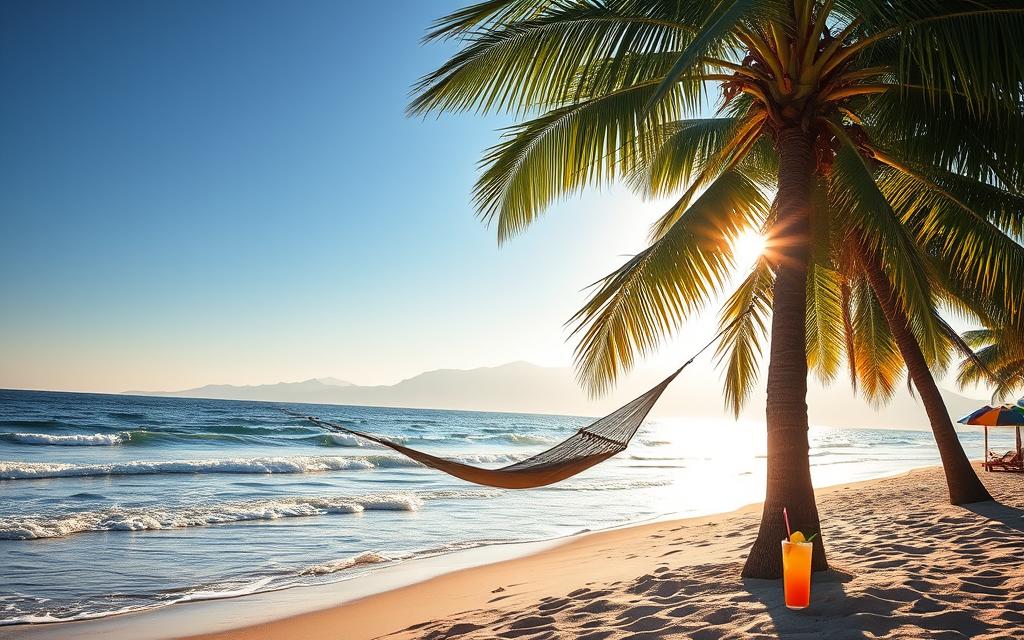Indoor skydiving can be fun, but there are things you may want to know before you can take part in this awesome experience.
For instance, what is the maximum wind speed during indoor skydiving?
This article covers everything you need to know about wind speed in a wind tunnel.
How the Wind Tunnels Work
Indoor skydiving, an activity we’ve all come to know and love, is made possible by wind tunnels.
Powerful fans at the bottom — sometimes the top — of these vertical cylindrical enclosures with glass walls pump wind upwards at high speeds.
Read before you go – Can You Indoor Skydive If You Have a Medical Condition?
The strong winds create a smooth cushion of air that levitates you, simulating the sensation of freefalling through the sky.
A wind tunnel operator adjusts wind speeds, slowly turning it up until the people inside the flight chamber are airborne.
Unlike with a real skydive, you don’t have to worry about your safety in a wind tunnel flight. Indoor skydiving is considered safe, and an experienced instructor will supervise your flight inside the wind tunnel.
How Fast Is the Wind in the Vertical Wind Tunnel?
Even if you are comfortable parachuting from an airplane, you should consider visiting an indoor skydiving facility before committing to a real skydive.
A wind tunnel flight will help you get used to the sensation of freefall.
The wind speed in a vertical wind tunnel when indoor skydiving varies. That’s because speeds are adjusted to match the individual’s weight in the flight chamber.
Heavier flyers need stronger gushes of wind to stay afloat, and vice versa.
In most cases, the wind speed in a vertical wind tunnel ranges between 120-180 mph.
Indoor skydiving enforces weight limits because, beyond a certain weight, wind speed would be too high to guarantee a safe flight.
Maximum Wind Speed during Indoor Skydiving
So, what is the maximum wind speed during indoor skydiving? In terms of the maximum wind speed, that varies, too, depending on location.
As mentioned above, the standard wind tunnel in the United States can reach wind speeds of up to 180 mph.
Some indoor skydiving locations have tunnels capable of producing wind speeds of 200mph and above.
The wind speed will start slow and gradually increase to accurately simulate freefall for the flyer.
Rarely do wind tunnels have to reach maximum speeds during indoor skydiving.
Tips for Indoor Skydiving
As stated earlier in the article, indoor skydiving is quite safe. However, there are various things you can do to minimize the risk of injury and make your experience more enjoyable.
These include:
- Listen to your instructor
- Dress comfortably
- Wear comfortable shoes
- Gear up
- Practice body positions
- Stay calm during the flight
Wind Speed During Indoor Skydiving: FAQs
It’s natural to have questions before trying something new. A good portion of the questions people have around indoor skydiving seems to revolve around wind speed in the wind tunnel.
Below are some frequently asked questions about wind speed during indoor skydiving.
Is the wind speed the same as outdoor skydiving?
You’re falling through the sky at 120 miles per hour when skydiving. During indoor skydiving, wind speeds can go up to 180mph. However, outdoor skydiving is the more intense experience despite the lower wind speed.
Does the speed change during indoor skydiving?
Yes, wind speed in the tunnel can increase or decrease suddenly. Sometimes the speed fluctuations have to do with the machinery; it can also happen when airflow is interrupted. Either way, most flyers don’t like it when wind speed changes suddenly to cause what’s known as ‘bumpy air.’
Can you breathe normally in the wind tunnel?
Yes, breathing is easy when indoor skydiving. Take steady breaths to enjoy the experience, and stay calm throughout the flight. Take a few deep breaths before the wind tunnel operator turns on the fans.
Who operates the wind tunnel?
A wind tunnel operator’s job is to turn the machine on and off. They also adjust wind speeds inside the tunnel by increasing or decreasing the speed of the fans pumping air into the flight chamber.
Unleash the full potential of your indoor skydiving experience with this comprehensive beginner’s guide, delivering a wealth of information and practical tips to maximize your adventure.
Final Thoughts
If you want a safer alternative to skydiving, try indoor skydiving. Indoor skydiving is carried out in a safe, controlled environment with up to 180mph wind speeds. It promises an authentic skydiving experience minus the risk!







